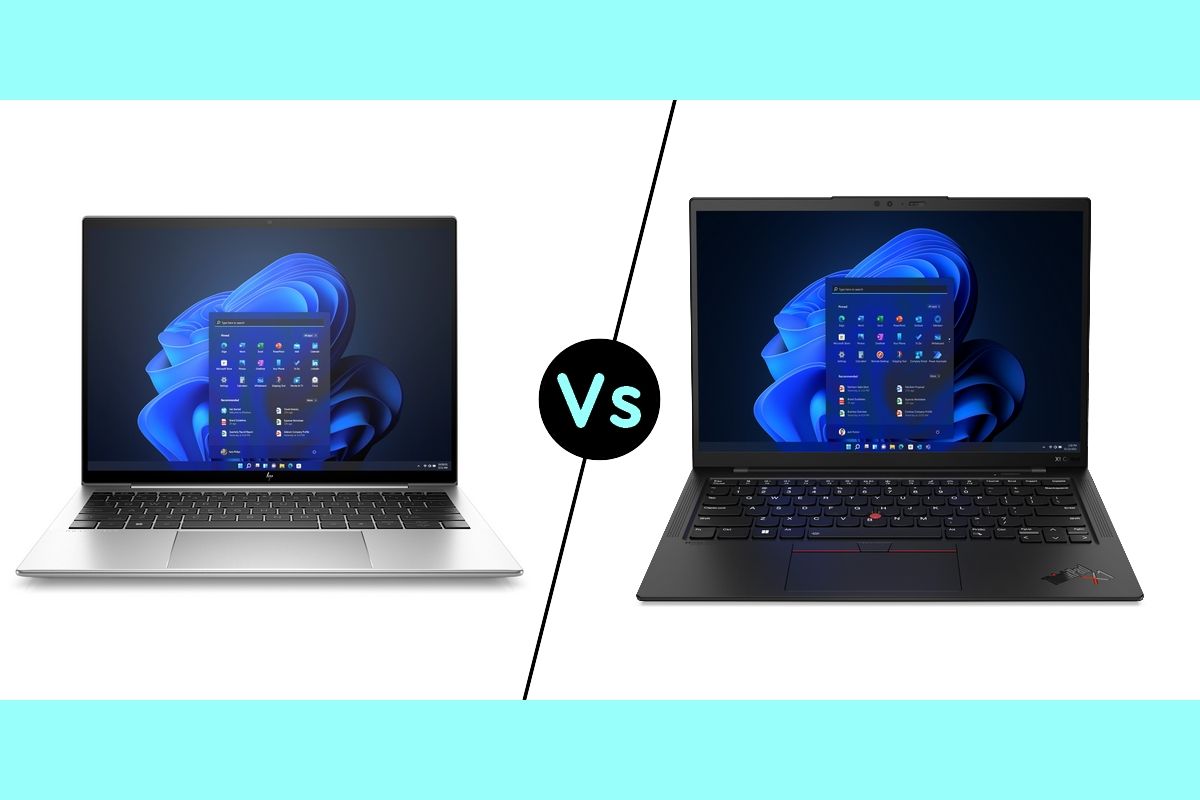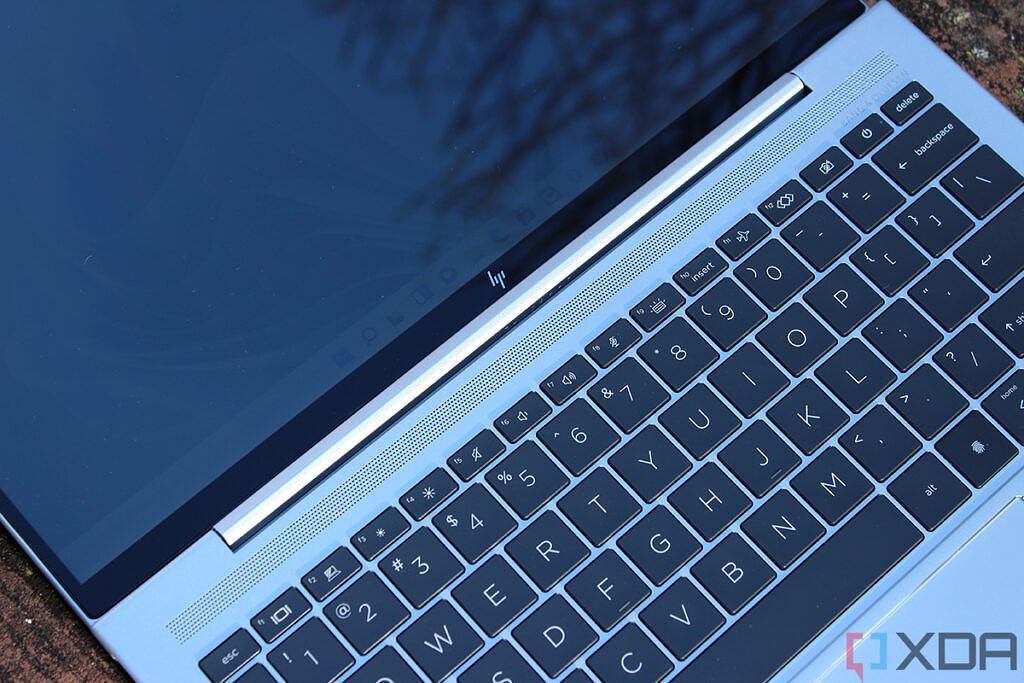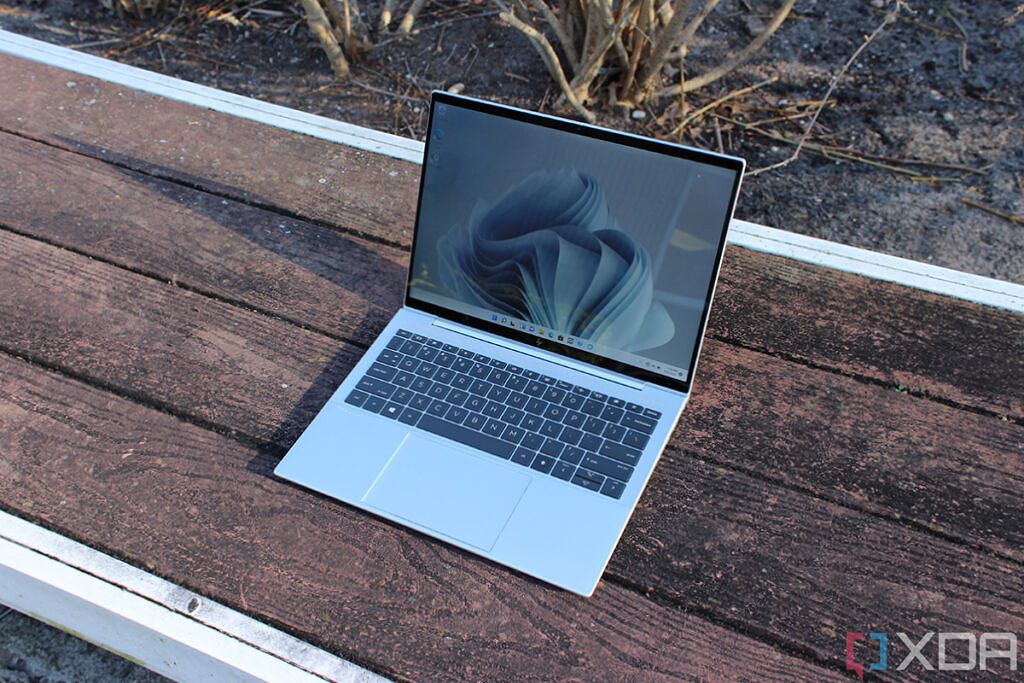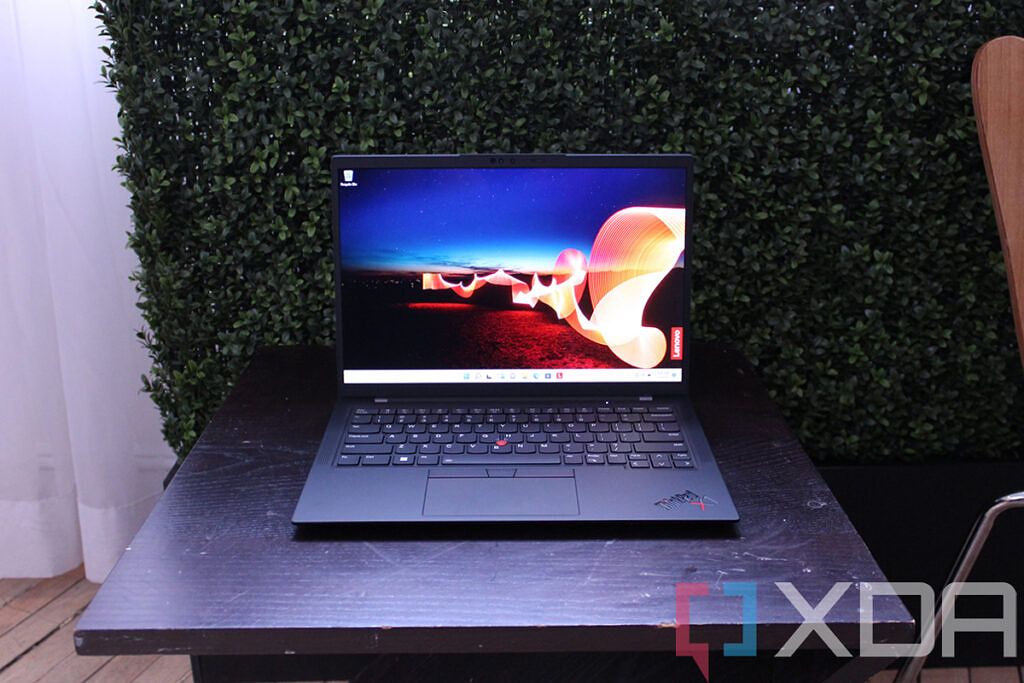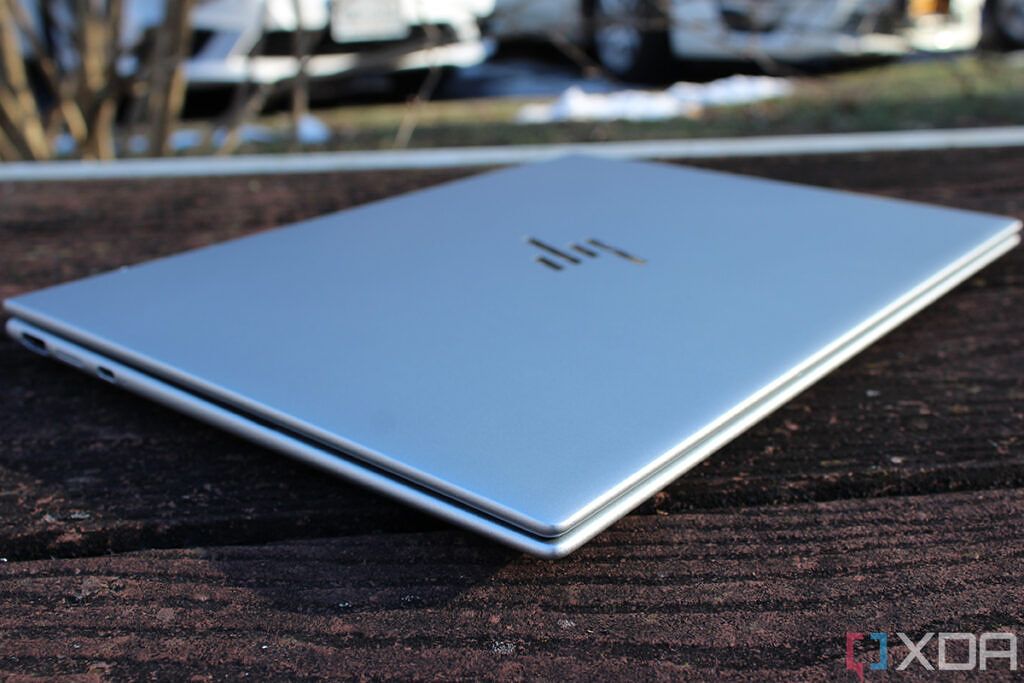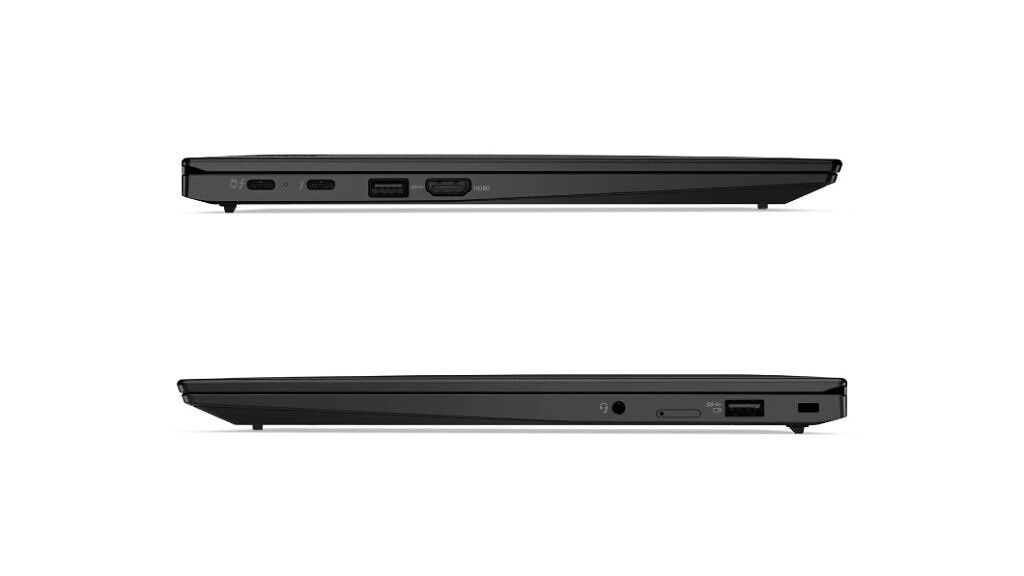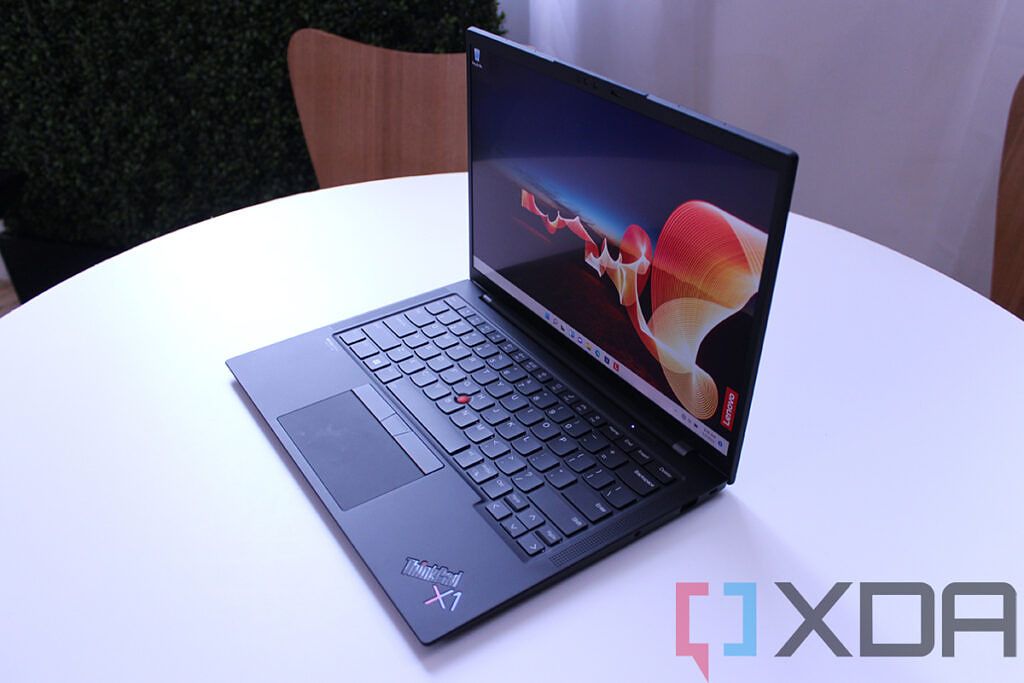At CES 2022, many companies announced new laptops, upgrades, or refreshed versions of their laptops. Many of the laptops getting upgraded are already some of the best laptops you can buy today, but with new Intel processors and other upgrades, they're getting even better. Among the companies introducing new devices, HP and Lenovo debuted some great new devices, including the HP Elite Dragonfly G3 and the Lenovo ThinkPad X1 Carbon Gen 10.
These two are very direct competitors, as they're both business laptops with a clamshell form factor. So what do you do if you're trying to decide between the two? We're here to help, and in this article, we'll be comparing the HP Elite Dragonfly G3 to the ThinkPad X1 Carbon Gen 10 to help you find out why you might prefer one over the other. Without further ado, let's dive right into it.
HP Elite Dragonfly G3 vs ThinkPad X1 Carbon Gen 10: Specs
|
HP Elite Dragonfly G3 |
Lenovo ThinkPad X1 Carbon Gen 10 |
|
|---|---|---|
|
Operating system |
|
|
|
CPU |
|
|
|
Graphics |
|
|
|
Display |
|
|
|
Storage |
|
|
|
RAM |
|
|
|
Battery |
|
|
|
Ports |
|
|
|
Audio |
|
|
|
Camera |
|
|
|
Windows Hello |
|
|
|
Connectivity |
|
|
|
Color |
|
|
|
Size (WxDxH) |
|
|
|
Weight |
Starts at 0.99kg (2.2 lb) |
Starts at 1.12kg (2.48 lbs) |
|
Price |
Starting at $2,659 |
Starting at $1,639 |
At first glance, there's a lot that these laptops have in common, but there are some noteworthy differences throughout, too. Let's take a closer look.
Performance: The ThinkPad X1 Carbon has P-series processors
At first glace, these two laptops may appear similar in terms of performance, but there are some big differences here. While Lenovo opted to add P-series processors to the ThinkPadX1 Carbon Gen 10 (while still leaving U15 processors in some SKUs), the HP Elite Dragonfly G3 is exclusively available with U15 series processors. The core difference between these two series of processor is the TDP, with the U15 series being rates for 15W and the P series rated for 28W.
That has big implications on performance, and P-series processors actually have more cores - up to 14 cores and 20 threads, to be precise - compared to the U15 series, which caps off at 10 cores and 12 threads. Having more power also means the processors can run faster for longer, as long as they're properly cooled. You can get an idea of how different performance can be between U15 and P-series processors by looking at the benchmark scores in Geekbench 5.
|
Intel Core i5-1235U(see test) |
Intel Core i5-1240P(see test) |
Intel Core i7-1255U(see test) |
Intel Core i7-1280P(see test) |
|
|---|---|---|---|---|
|
Geekbench 5 (single/multi-core) |
1,586 / 6,432 |
1,552 / 7,494 |
1,679 / 6,942 |
1,710 / 8,430 |
It's important to note that Geekbench is only a CPU benchmark so it's not necessarily the best indication of overall performance, but it gives you an idea of what to expect. These are also individual test results, seeing as there's no average score for these processors yet.
While the P-series processors certainly offer more in terms of performance, this doesn't come without a downside. P-series processors use more power, which means they will drain the battery inside your laptop much more quickly than the U15-series processors. You can get the HP Elite Dragonfly G3 with a larger 68Whr battery compared to the 57Whr of the ThinkPad X1 Carbon, too, so you can definitely get the best battery life by going that route.
The ThinkPad X1 Carbon can be faster, but the Elite Dragonfly G3 will give you better battery life.
Aside from the processor, the two laptops share a lot of the same specs. Both come with up to 32GB of the new LPDDR5 RAM and both include up to 2TB of SSD storage. HP is a bit more secretive with the detailed specs, so we don't know for sure if the included SSD is using PCIe Gen 4, but it's safe to assume it is considering it's a premium laptop. Overall, we expect both of these laptops to perform very well, and while one might end up pulling ahead, you'll be well served with either one.
Display: The ThinkPad X1 Carbon Gen 10 has more options
Let's start by talking about the display, which is noticeably different between the two. The HP Elite Dragonfly G3 comes with a 13.5-inch display, and for the first time in the lineup, it has a 3:2 aspect ratio. That's a lot taller than the previous 16:9 display, but it's also taller than the 16:10 aspect ratio of the ThinkPad. The base configuration has Full HD+ (1920 x 1280) resolution and 400 nits of brightness, but you can add an HP Sure View privacy screen with 1000 nits of brightness, or upgrade to the 3K2K (3000 x 2000) OLED option. This model is very sharp and it comes with the usual benefits of OLED like true blacks and high contrast ratios. Plus, it supports touch, while the other models don't.
Meanwhile, the ThinkPad X1 Carbon Gen 10 has a slightly larger 14-inch display, and as we've mentioned it has a 16:10 aspect ratio. you still get the usual benefits of a tall screen, with extra vertical space for text and other UI elements. The base model is a Full HD+ (1920 x 1200) panel with no touch support, but Lenovo offers a wide range of upgrade options. You can add touch and a privacy screen, but you can also upgrade to a sharper 2.2K (2240 x 1400) panel, opt for the stunning 2.8K (2880 x 1800) OLED panel, or go all the way to an Ultra HD+ (3840 x 2400) display, with a few models supporting touch input, too.
You do get a lot more options with the ThinkPad X1 Carbon, but the HP Elite Dragonfly G3 also offers a great display experience, and you really can't go wrong with either of these. Some might prefer the simplicity of choosing a display for the Elite Dragonfly G3, but the ThinkPad gives you more options to tailor the laptop to your budget and needs.
As for the webcam, both HP and Lenovo have realized the importance of a good camera in this day and age. HP has gone all the way and included a 5MP/1080p camera enhanced by HP Presence, which does things like smart auto framing so you stay in the frame even if you move around a bit. It also supports Windows Hello facial recognition with a separate IR camera.
The HP Elite Dragonfly G3 has a 5MP/1080p webcam.
Lenovo still includes a 720p camera in the base model, but you can upgrade to a 1080p version, add an IR camera, and even computer vision. This can, for example, determine whether your laptop's screen should turn on when someone approaches it, as opposed to someone passing in front of the screen briefly. Both laptops offer great cameras, but HP includes it across the board so you don't have to think about which model to get, and that gives it an advantage.
Design and connectivity: The HP Elite Dragonfly G3 is lighter and smaller
Moving on to the design, this is another area where the two laptops differ quite a bit. The HP Elite Dragonfly G3 is smaller in width and depth, but it is a little thicker than the ThinkPad X1 Carbon, measuring 16.4mm. However, it weighs just 2.2lbs, or under a kilogram, so it's the more portable in that regard. In terms of looks, the Elite Dragonfly G3 comes in two colors, Natural Silver and Slate Blue, with the latter being almost black.
The Lenovo ThinkPad Xx1 Carbon is slightly larger, as we've mentioned, but is thinner - models with a 720p webcam are just 14.95mm thin, while adding a 1080p webcam takes it up to 15.36mm. Its weight starts at 2.48lbs, so it's a little heavier than the Dragonfly G3, but both laptops are easy to carry around. As for looks the ThinkPad X1 Carbon has the iconic deep black chassis with red accents, which some may like, and some may not. It also includes certain iconic features like the TrackPoint and mouse buttons above the touchpad, while the Elite Dragonfly uses its available space to include a very large touchpad instead. This is a very subjective topic, though I'd personally choose the HP laptop in this case.
The ThinkPad X1 Carbon has iconic features like the TrackPoint on the keyboard.
As for ports, the two laptops are very similar. Both have two Thunderbolt 4 ports, HDMI, a headphone jack, and an optional nano SIM slot if you add cellular connectivity. The only difference is that the ThinkPad X1 Carbon has two USB Type-A ports, while the HP Elite Dragonfly G3 only has one.
The same goes for wireless connectivity, with both laptops supporting Wi-Fi 6, Bluetooth 5.2, and optional cellular support. Both come in 4G LTE and 5G flavors, though HP hasn't specified which modem it's using for the Elite Dragonfly G3, so we don't know how the maximum theoretical speeds compare to each other.
Bottom line and pricing
These are two great laptops in more ways than one, and you won't be disappointed with either one of them, but there are some noteworthy differences to point out. For starters, the fact that the ThinkPad X1 Carbon comes with P-series processors means you'll likely get much better performance out of it, but it comes at the expense of battery life. Lenovo does offer configurations with U15-series processors, too, but they're much more scarce, so if you want the more efficient CPUs, you might have to go with the Elite Dragonfly G3.
You might like the HP Elite Dragonfly G3 more if you prefer the taller 3:2 display, which gives you a little more vertical space. It has a better webcam, too, and it includes Windows Hello facial recognition by default. It also has the benefit of being somewhat lighter and more compact overall, so it's easier to carry around. And, of course, it comes in two different colors, so you might appreciate having that choice.
On the other hand, the Lenovo ThinkPad X1 Carbon has a slightly larger display overall, and it gives you a ton of configuration options so you can truly find something that suits your specific needs. Looks-wise, if you love the iconic ThinkPad look and features like the TrackPoint, you'll find them all here. And you also get one extra USB Type-A port, if that makes a big difference to you.
There's one more thing to talk about before you make a decision, and that's price. These are both great laptops in more ways than one, and usually, we'd say it's simply a matter of preference. However, you have to look at the starting price. Right now, the base configuration of the HP Elite Dragonfly G3 is roughly $1,000 more expensive than that of the ThinkPad X1 Carbon Gen 10. You're not really getting enough benefits for that astounding difference in price, and it's hard to recommend it over the ThinkPad X1 Carbon because of it.
Regardless of your choice, you can buy either of these laptops using the links below. If you're not convinced by either one of them yet, consider checking out our list of the best HP laptops, as well as the best ThinkPads you can buy right now.
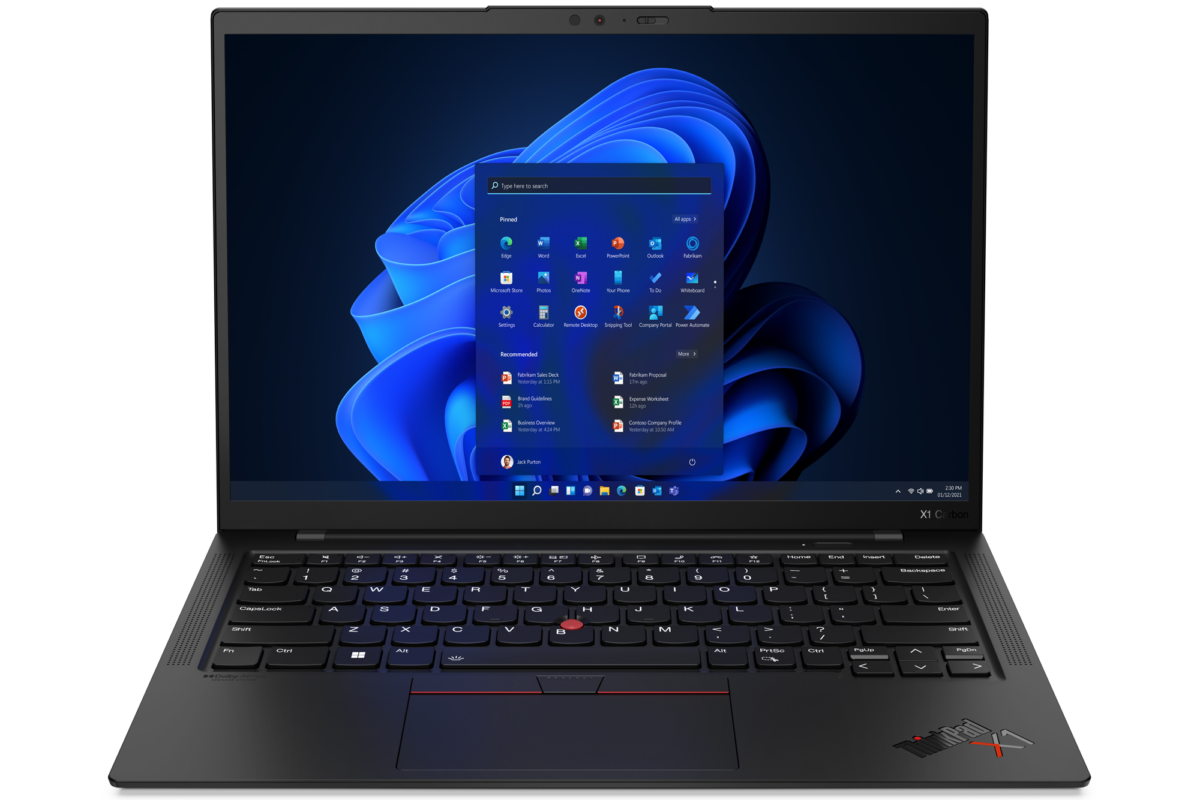
Lenovo ThinkPad X1 Carbon Gen 10
The Lenovo ThinkPad X1 Carbon comes with up to 28W 12th-generation Intel Core processors, while keeping everything that makes ThinkPads great.
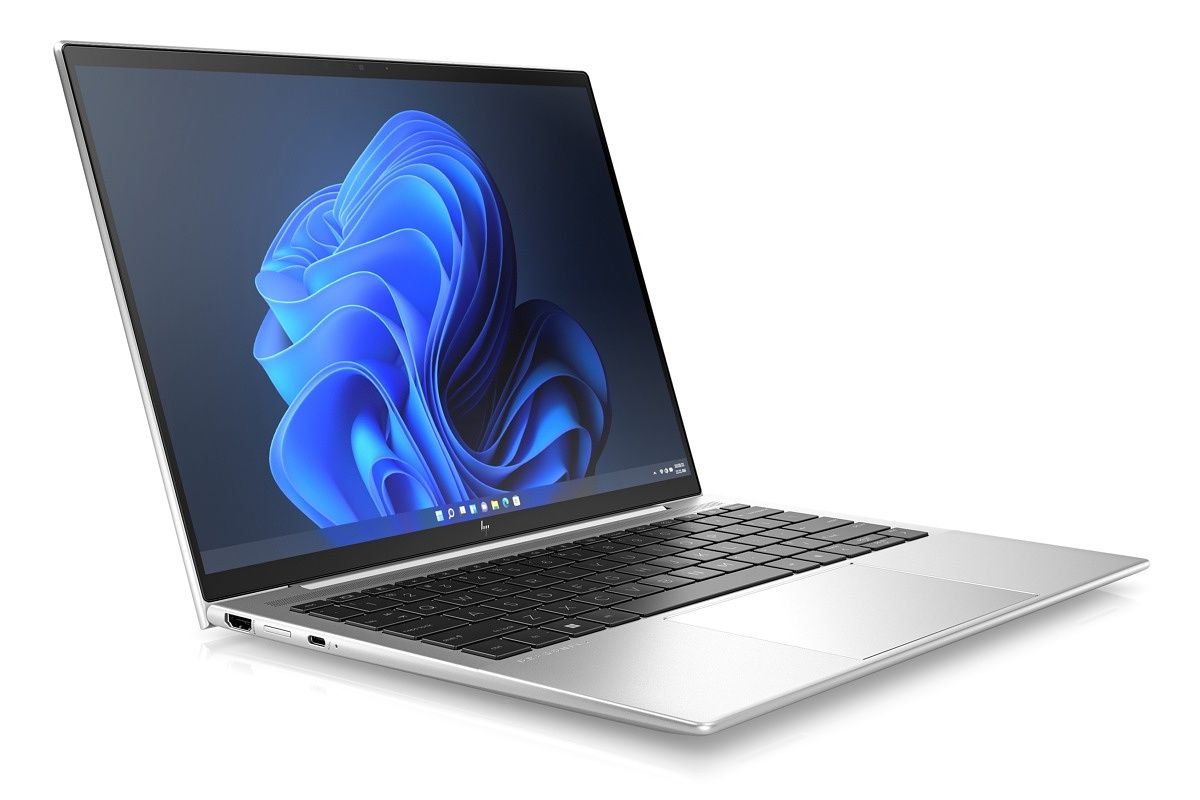
HP Elite Dragonfly Chromebook
The HP Elite Dragonfly G3 is a super-premium business laptop with a 3:2 display and the latest Intel processors.

